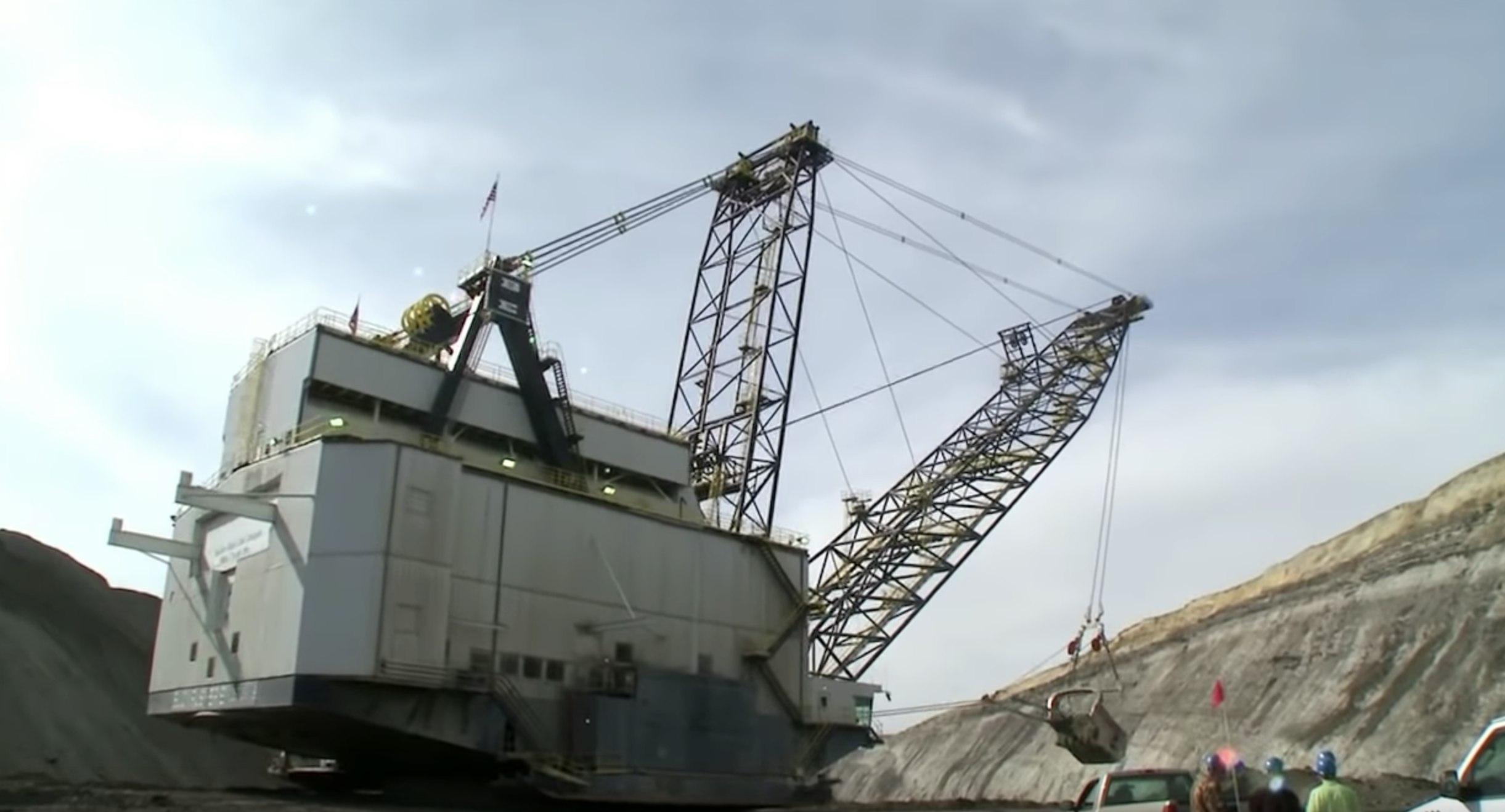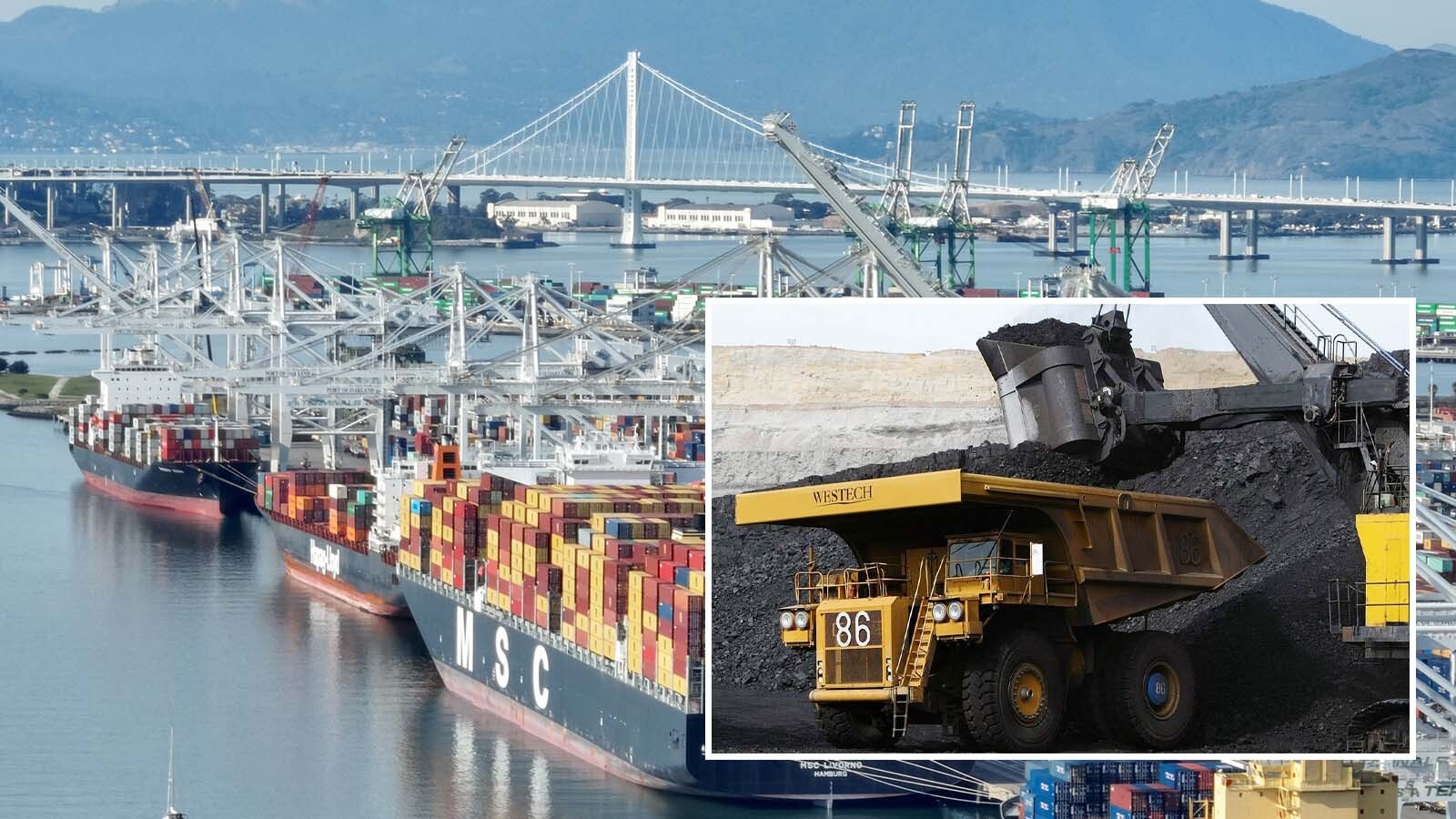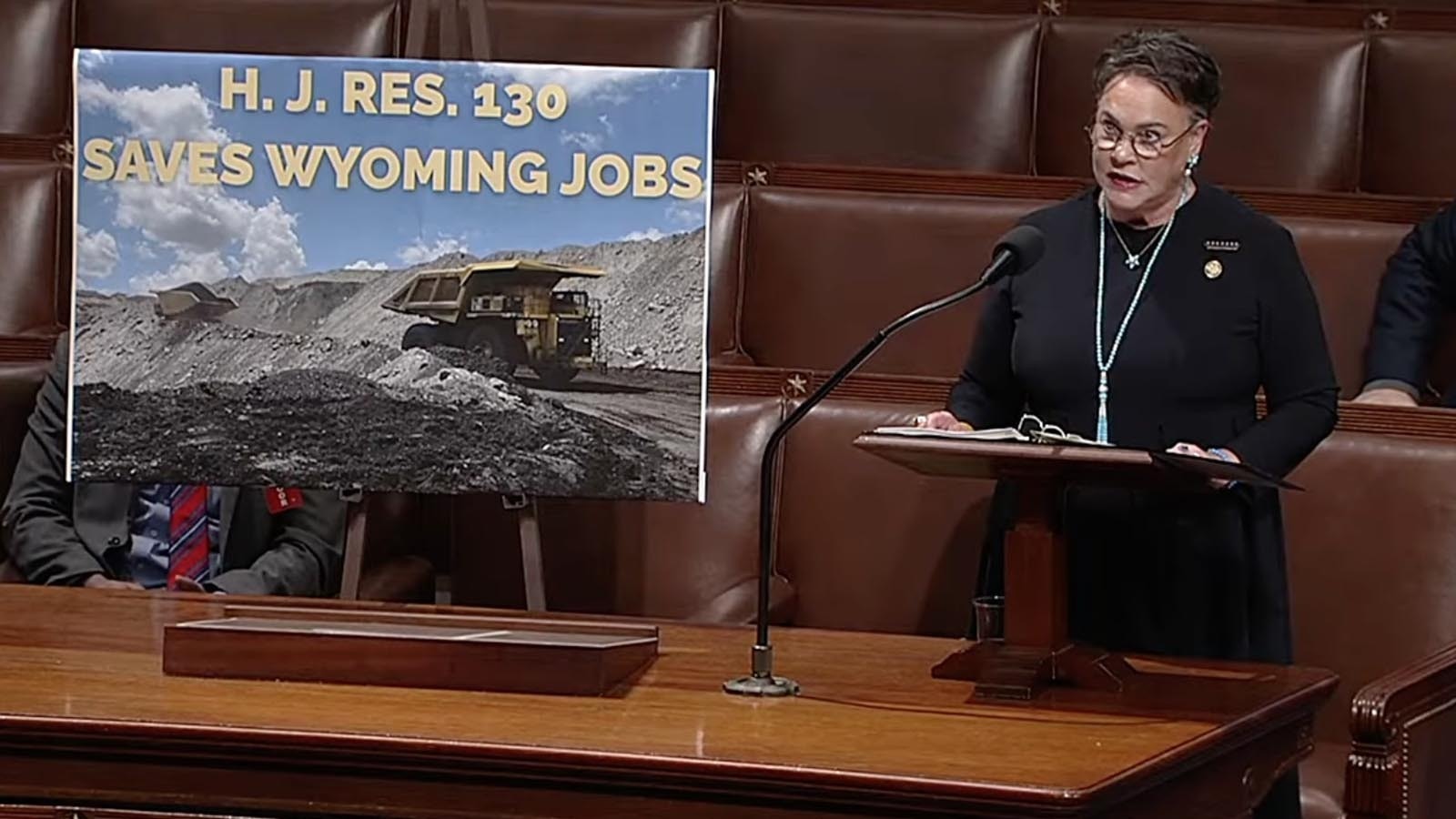Wyoming coal producers have an eye on foreign markets as stateside coal demand decreases, but exporting coal comes with a new set of challenges, a Wyoming Mining Association (WMA) spokesperson said.
“When we look at the coal industry going forward in 2020 — it’s a simple fact — domestic markets are declining,” said WMA Executive Director Travis Deti. “However, Japan, Korea and Vietnam have a growing interest in buying our coal.”
Developing countries in the Asian Pacific are ramping up their coal-generated electricity operations and in some places like Japan, coal is replacing nuclear energy, he said.
“Coal is still the cheapest alternative globally to bring your country into the 21st century,” Deti explained. “These countries want what we want, and Wyoming coal is desirable because they want to meet their emission goals, too.”
The problem is getting it to them.
To export Wyoming coal, companies currently have to ship it north to the Port of Vancouver, British Columbia, Canada. The journey is long and costly, making the international exporting business unattractive to Wyoming companies.
“Right now, the amount of Wyoming coal being shipped is almost zero,” Deti said. “Maybe a few hundred thousand tons, but that’s next to nothing when you consider we’re shipping nearly 300 million tons annually inside the country.”
Closer to home, developers are working on expanding the Millennium Bulk Terminal in Longview, Washington, but the project is mired in court battles.
“What’s been happening over the last five to six years is you have these projects in the Pacific Northwest to expand existing ports,” Deti said. “About six years ago, there were five projects — going right through the heart of environmental movement. And one by one, these projects have fallen by the wayside because of protests.”
Of the five, Millennium Bulk is the only viable option left for Wyoming, he said.
A spokesperson for Gov. Mark Gordon said in an email the governor is exploring the option of filing a lawsuit against the state of Washington for its role in blocking the port expansion.
If the project moves forward, Deti said it could open new shipping lanes in phases.
“During the first phase, there is a potential for shipping 8 million to 9 million tons (annually) through Millennium Bulk,” he explained. “But the second phase could see as much about 30 million tons of coal being exported.”
Clear eyes
In 2008, Wyoming shipped more than 460 million tons of coal to customers around North America.
By 2018, that number was down around 300 million — a trend that continued into 2019 and contributed to the closures of the Belle Ayr and Eagle Butte mines following Blackjewel’s bankruptcy.
At the University of Wyoming, Rob Godby, the director for the UW’s Energy Economics and Public Policies Center and a college of business associate professor, keeps a mindful tally on the coal decline.
“Oftentimes, when people talk about the problem we have with the coal industry in Wyoming, I get the feeling they think it is we can’t get our coal to market,” Godby said. “I’m under the impression they think coal ports would be the answer to the current downturn.”
If approved and completely built out, Millennium Bulk’s full capacity would be about 10 percent of Wyoming’s current production value.
Godby said at best, the terminal could slow the decline of coal production, but it wouldn’t reverse it.
“Revenues from exports are very volatile, volatile means uncertainty, and uncertainty is exactly what the coal companies don’t want right now,” he said.
Additionally, it is unlikely Wyoming will be able to capitalize on the terminal’s full capacity. While coal from the Powder River Basin burns cleaner than coal mined elsewhere, it has a lower energy value, which makes it harder to sell across the Pacific Ocean.
Coal mines in Montana, meanwhile, have access to ample high-energy coal and are closer to the proposed port, further reducing their shipping costs, Godby explained.
“I’m not trying to throw cold water on this opportunity, but let’s look at this with clear eyes,” he said. “It’s not a reason to not invest, but to hear some talk about it — it’s as if they think it will be the slam dunk coal needs right now, and I don’t believe it will.”
Follow the leader
Millennium Bulk might not save Wyoming coal, but it could pave the way for other port expansions, said Jason Beggar, the Wyoming Infrastructure Authority executive director.
“The key is adding additional capacity,” Beggar said. “There are a lot of projects waiting to see what happens with Millennium Bulk.”
The authority works independently under the umbrella of state government to facilitate infrastructure development beneficial to Wyoming industries such as coal.
“The global market is so hungry for coal,” he said. “There’s an incredible demand in Japan.”
While Asia Pacific buyers get most of their coal from Indonesia and Australia, Beggar said there is a need for a stable supply.
“We’re at a generational transition with utilities in the U.S. — a lot of this stuff was built in the ’50s and ’60s, and it’s served its lifespan,” he explained. “But that’s not the case with Asia.”
Many new coal-generated power plants are being built across the Pacific Rim, and Beggar said they will likely be in operation for the next 40 to 50 years.
Regardless of the market, Deti said for now, the best the coal industry can do is watch and wait.
“We’re going to wait and see how some of these court cases play out,” he said. “Domestically, 2020 is going to be tough as those markets (in the U.S.) continue to decrease.”
Deti said he doesn’t believe expanding export terminals would prevent the coal decline, but it’s still worth fighting for.
“Are you ever going to make up that difference overseas — probably not,” Deti said. “But, every little bit helps.”





